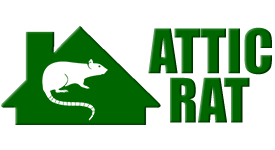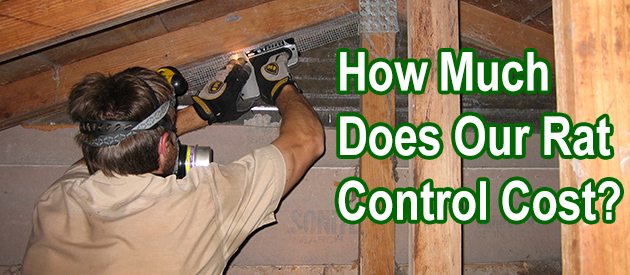Berks County, Reading Rat Control Situation:
David, Thanks for having such an informative website. We've recently gotten over our second round of rats in the basement. We have had a pest control group helping us, pretty much with bait throughout the basement. It's certainly worked, but boy is it not fun to follow the smell to the dead guy. It seems we have been free from seeing any droppings for a few weeks or any signs of activity. The strange thing is that in the past week we have had hundreds of house flies that we are dealing with in the basement. I'm assuming the problems are related. We've been going down to vacuum all visible flies (every 4-6 hours). Each time we easily find another 20 to suck down. We aren't smelling the familiar smell of a dead rat, is it possible it's there but beyond the stench phase? Any suggestions? The flies aren't congregating in one spott, they tend to hover around the windows. Any chance you service Reading PA? Could really use someone as yourself to complete the inspection of the basement for possible other entry points and removal of any additional insulation that may be harboring feces. Ok, I appreciate any input you could provide.
We have 5 cats, three are usually indoors all the time. Sometimes they bring in a mouse or rat and it gets away. And then the rodents can live in the house for a long time and the cats don't care one little bit unless the rodent just happens to make a dash across the room in broad daylight - and gets spotted. Otherwise, it's home sweet home for the rodents until I snap-trap them into oblivion. I would add that if you know you have mice or rats, deal with it as soon as you can. We had a mouse get up inside our washer and chew through 7 of the little control wires to the control panel, killing the washer and necessitating a $50.00 replacement part, and later causing a flood from a leaky hose that cost me $200.00 to fix. Had we taken care of him earlier this could have all been avoided. I agree with you about glue boards. Seems needlessly inhumane. Just put yourself in the position of the rat: you want to go out quickly or be stuck on a glue board until you starve to death?
Reading Rat Control Tip of The Week
Do Rats Consume Or Like Cheese?
Being an omnivorous animal, rats tend to feed on anything their claws can grab. This feeding habit with no restrictions allows them to feed on vegetables, fruits, meats, grains, and even dairy products. There's however a myth that rats prefer cheese to any other type of food. As a result of this, many people consider cheese as a rat's favorite and will prefer using them as baits whenever they want to trap rats.
This might seem like a very good idea, but the fact is there is nothing in particular that clearly states that rats prefer cheese to other food. Although they do eat it when they have access to it, that doesn't make it the food they like
To help you understand this better and know whether or not rats consume and like cheese we will be taking you through the diet of a rat. With this, we will be able to provide an answer to the question above.
Rats are voracious eaters; all they care about is to fill up their stomach with food. They only become choosy when there is an abundant source of food and several options to choose from. In situations like this, rats will prefer to eat other foods like meat, grains, and fruits instead of eating cheese.
Apart from all that has already been mentioned above, the nutritional value of cheese is low compared to what rats need daily. This simply means that if you keep a rat as a pet, offering it a meal plan that is mainly comprised of cheese is a bad idea.


